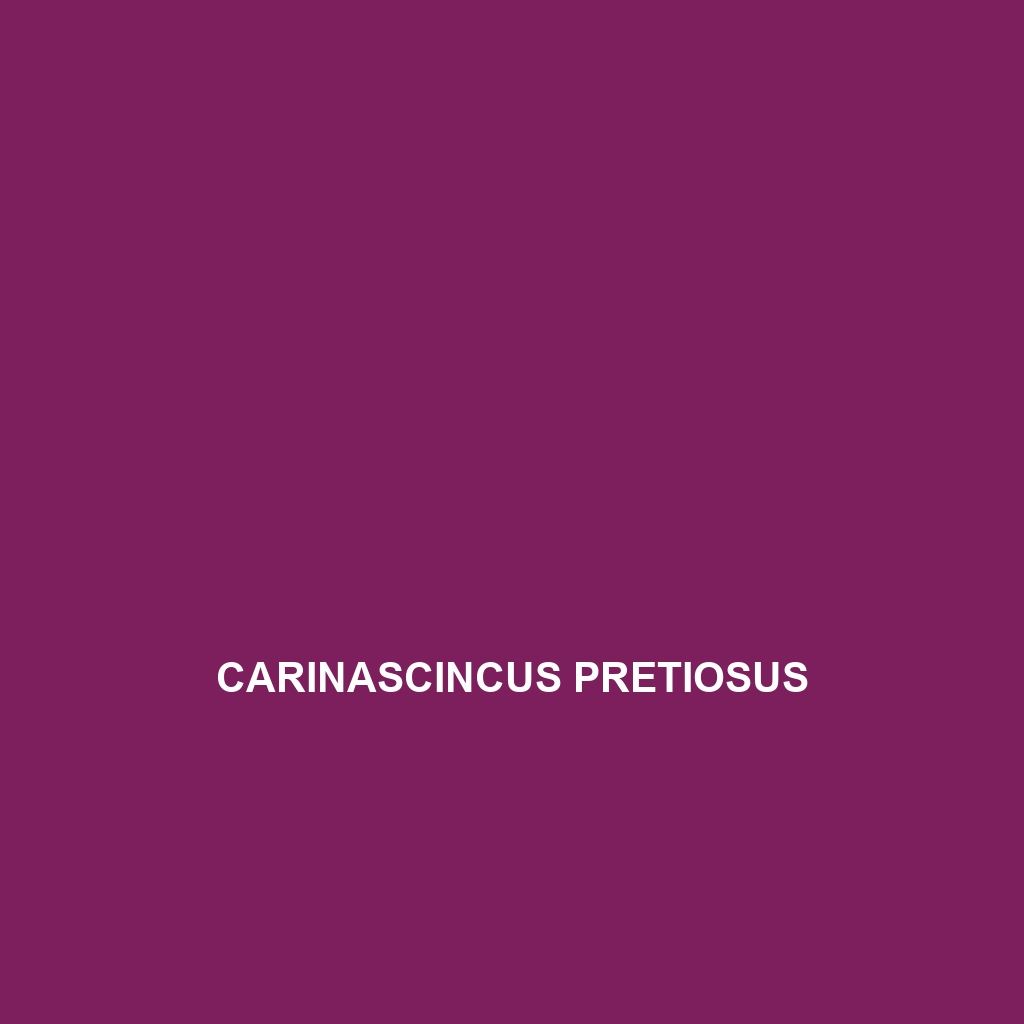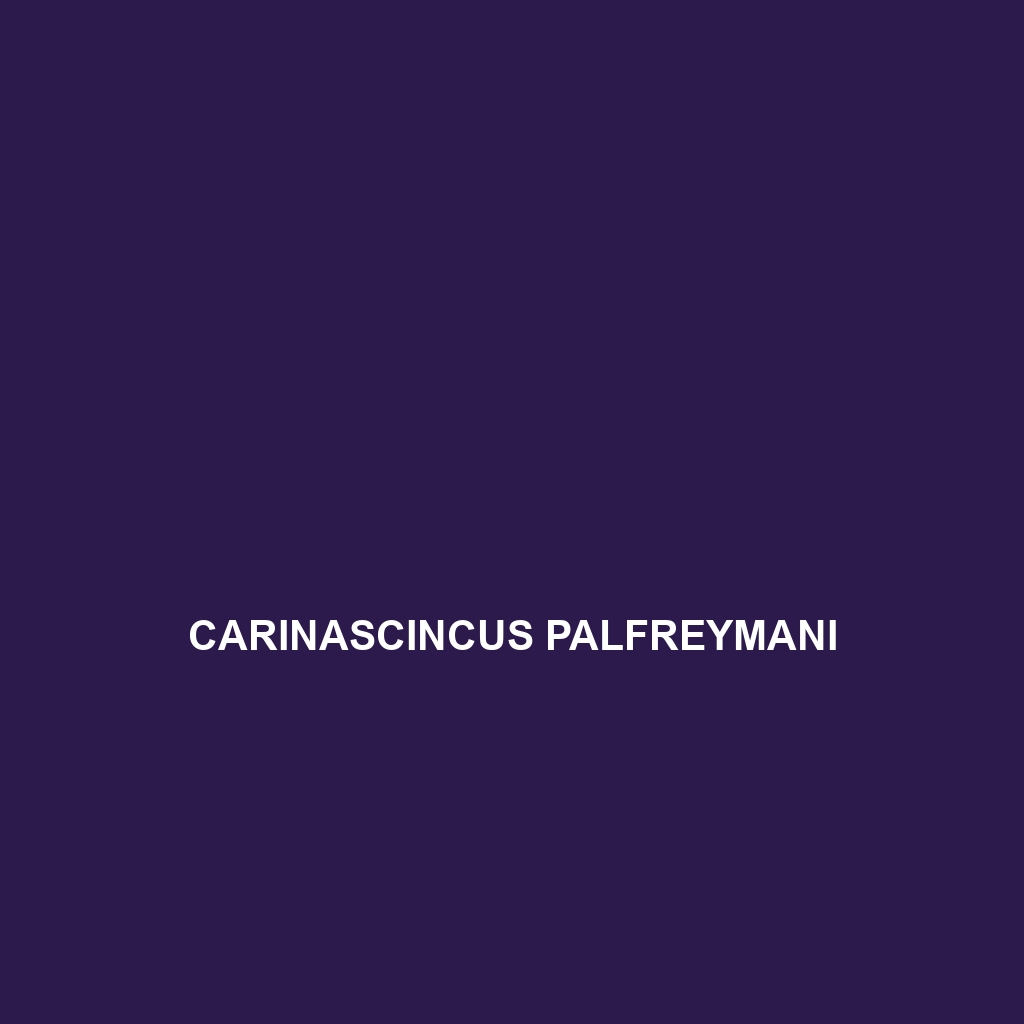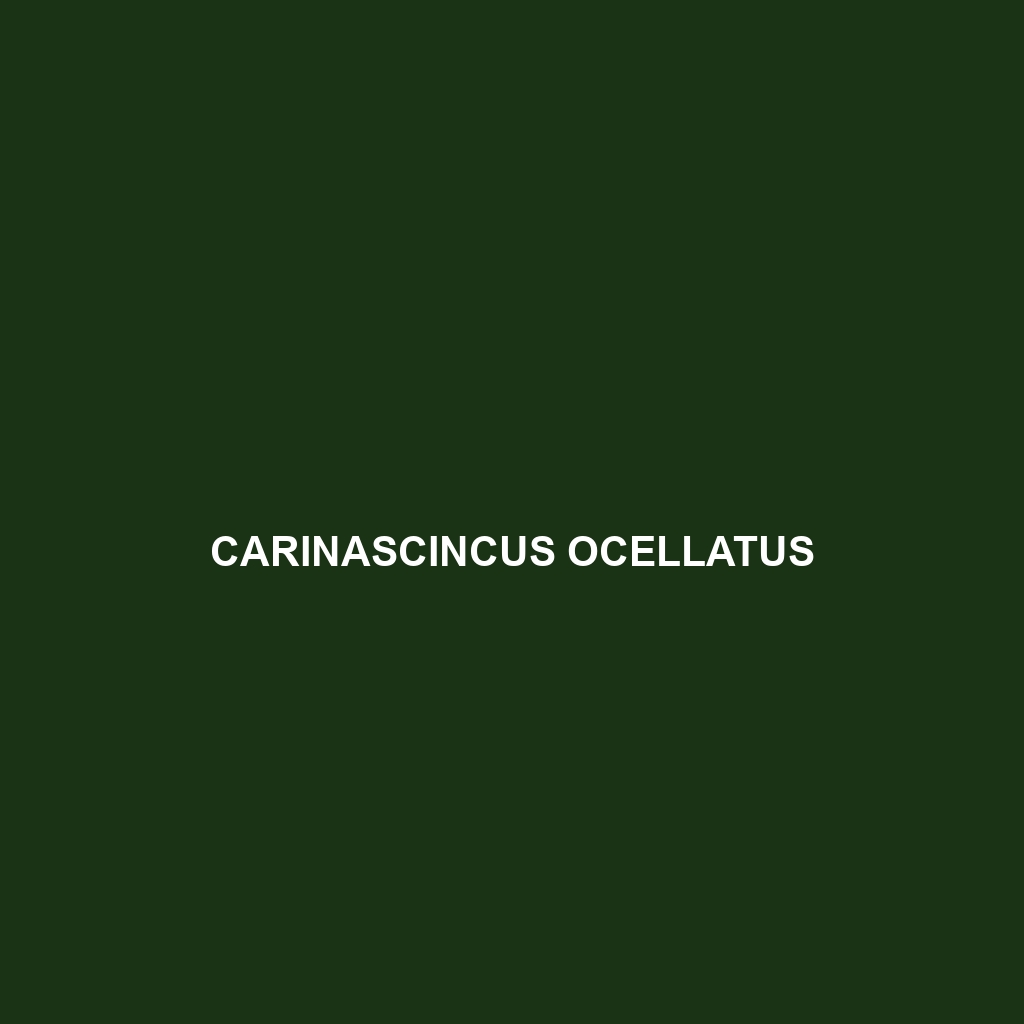
Tag: reptile conservation
-

Carlia decora
Discover the vibrant Carlia decora, or ornate skink, an agile insectivorous reptile endemic to Australia’s rainforests. With its striking colors and unique ability to shed its tail as a defense mechanism, this species plays a vital role in maintaining ecological balance by controlling insect populations.
-

Carlia caesius
The Carlia caesius, or slender bluetongue skink, is a vibrant blue-gray lizard native to the woodlands and forests of Australia, known for its elongated body, smooth scales, and bright blue tail. This diurnal insectivorous species plays a vital role in its ecosystem by controlling insect populations while serving as prey for various predators.
-

Carlia bicarinata
Discover the Carlia bicarinata, or northern bicarinate skink, a slender, agile species native to northeastern Australia, notable for its unique two-keeled dorsal scales and diurnal foraging behavior. This skink primarily eats insects and helps maintain ecological balance while exhibiting fascinating traits such as tail regeneration.
-

Carlia ailanpalai
Discover the Carlia ailanpalai, a striking skink from the tropical forests of Papua New Guinea, known for its vibrant green and brown coloration, agile movements, and diet of insects. This vulnerable species plays a crucial role in its ecosystem, contributing to biodiversity while thriving in humid, shaded environments.
-

Carinascincus pretiosus
The Precious Skink (Carinascincus pretiosus) is a vulnerable species native to eastern Tasmania, featuring a smooth, shiny body ranging from brown to olive green and measuring 10-15 cm in length. This diurnal skink thrives in moist forested areas, primarily preying on insects and playing a crucial role in maintaining ecosystem balance.
-

Carinascincus orocryptus
Discover the Alpine Skink (Carinascincus orocryptus), a vulnerable Australian species known for its agile, 12-15 cm length and distinctive smooth scales that range from brown to olive-green. These diurnal skinks inhabit high-altitude regions, feeding on invertebrates and playing a crucial role in maintaining their ecosystem balance.
-

Carinascincus palfreymani
Discover the Palfrey’s Skink (Carinascincus palfreymani), a unique lizard species native to Tasmania’s temperate forests, featuring olive-green to brown scales and a distinctive dorsal ridge. This small to medium-sized skink plays a vital role in its ecosystem by controlling insect populations and serves as a food source for various predators.
Search
Popular Posts
-
Dipsas ventrimaculata
striking Dipsas ventrimaculata, or Ventrimaculate Snake, known for its slender body and striking camouflage. Found in the tropical forests of Central and South America, this nocturnal predator primarily feeds on slugs and snails, playing a vital role in its ecosystem.
-
Dipsas variegata
captivating Dipsas variegata, or variegated snail eater, a striking snake with dark brown and yellow bands, thriving in the humid rainforests of Central and South America. This non-aggressive, nocturnal predator specializes in consuming land snails, playing a crucial role in maintaining ecological balance.
-
Dipsas vagus
Dipsas vagus, or Vagus Snake, a slender, non-venomous species native to tropical Central and South American rainforests, known for its brown and gray camouflage and a diet primarily consisting of slugs and snails. Classified as Vulnerable, this fascinating snake plays a crucial role in its ecosystem by regulating prey populations while employing cryptic behavior to…
Categories
Archives
Tags
animal adaptations (713) animal behavior (4666) animal reproduction (763) bat species (661) behavior (915) biodiversity (6774) conservation (1670) conservation efforts (1415) conservation status (4595) diet (2090) echolocation (822) ecological balance (1400) ecological role (1276) ecology (789) ecosystem (1468) ecosystem role (2606) ecosystem roles (632) endangered species (2368) environmental conservation (657) habitat (3224) habitat conservation (884) Habitat Destruction (922) habitat loss (2877) insectivorous reptiles (643) IUCN Red List (1343) nocturnal animals (2688) nocturnal behavior (2186) omnivorous diet (594) physical characteristics (1958) reproduction (2835) reptile conservation (846) rodent (677) rodent species (1325) seed dispersal (2043) Seed Disperser (950) seed dispersers (590) small mammals (1163) snake reproduction (589) South America (773) species description (713) tropical forests (932) Vulnerable Species (4332) wildlife (2506) wildlife conservation (4371) wildlife protection (799)





